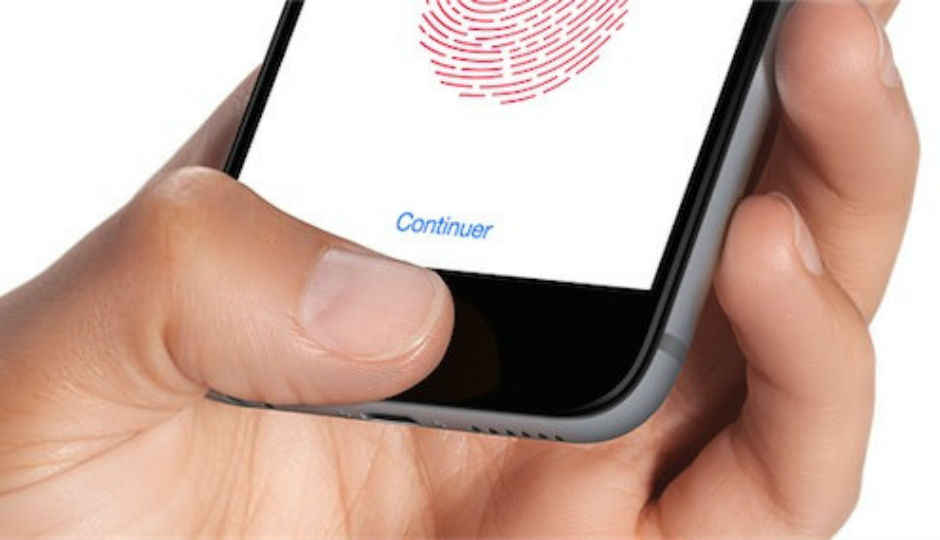Apple iPhone iOS 11.4.1 update finally brings USB Restrict Mode for better security
Law Enforcement and independent researchers have been looking for ways to crack the preventive measures Apple has implemented on the iPhone to restrict unauthorised access to the phone's data. USB Restrict mode is one significant step in that direction.

Ever since Apple refused to build a backdoor into iOS for law enforcement to exploit, agencies around the world have been fast at work developing methods to break into iPhones. Of note were third-party forensic firms like Cellebrite and Grayshift that had developed tools that could bypass the encryption and protections offered by iOS 11. Given Apple’s hard stance on protecting user privacy, the company too has been working on ensuring that no one is able to find ways to gain illicit access to user data. One way they have ensured this is with the introduction of the USB Restrict mode which has been pushed to all iPhones with the iOS 11.4.1 OTA update.
 Survey
SurveyUSB Restrict Mode is supposed to block access to data on the iPhone if the iPhone has been locked with a passcode for over an hour. This particular feature seems squarely aimed at the GrayKey unlocking tool. GrayKey is an unlocking tool developed by GrayShift which has two lightning cables to plug into iPhones. The iPhones can be removed after two minutes of being plugged into the device, but the cracking software will continue running on the iPhones, eventually revealing the passcode and other details on the iPhone screen. Apple’s USB Restrict mode theoretically should block GrayKey and other alleged tools that use similar exploits.
Apple has come under fire on numerous occasions by refusing to build a backdoor into iOS. Law enforcement has insisted that the level of security on iPhones becomes a hindrance in their investigations, as in the case of the San Bernardino shooter. The FBI alleged that the shooter’s iPhone could contain critical data relevant to the investigation and requested Apple to unlock the iPhone for them. Unfortunately, Apple’s security measures prevent even the company from unlocking the phone after a certain number of failed login attempts (which had been exhausted by the FBI) and hence, the agency tried to compel the company into building a version of iOS that had a backdoor. The case was finally withdrawn and Apple issued the following statement "From the beginning, we objected to the FBI's demand that Apple builds a backdoor into the iPhone because we believed it was wrong and would set a dangerous precedent.”
USB Restrict Mode was initially expected to be a part of iOS 12 that is set to roll out later this year, but it seems like Apple moved up the time-table on this one. Regardless, this is a great feature to have enabled if you’re looking to further secure the contents of your iPhone. If you want to enable USB Restrict mode, just go into Settings > General > TouchID and Passcode (FaceID in case of Apple iPhone X) > disable USB Accessories. When you disable this particular setting, the iPhone will prevent data access to any USB accessory if the phone has been locked for over an hour.
Swapnil Mathur
Swapnil was Digit's resident camera nerd, (un)official product photographer and the Reviews Editor. Swapnil has moved-on to newer challenges. For any communication related to his stories, please mail us using the email id given here. View Full Profile